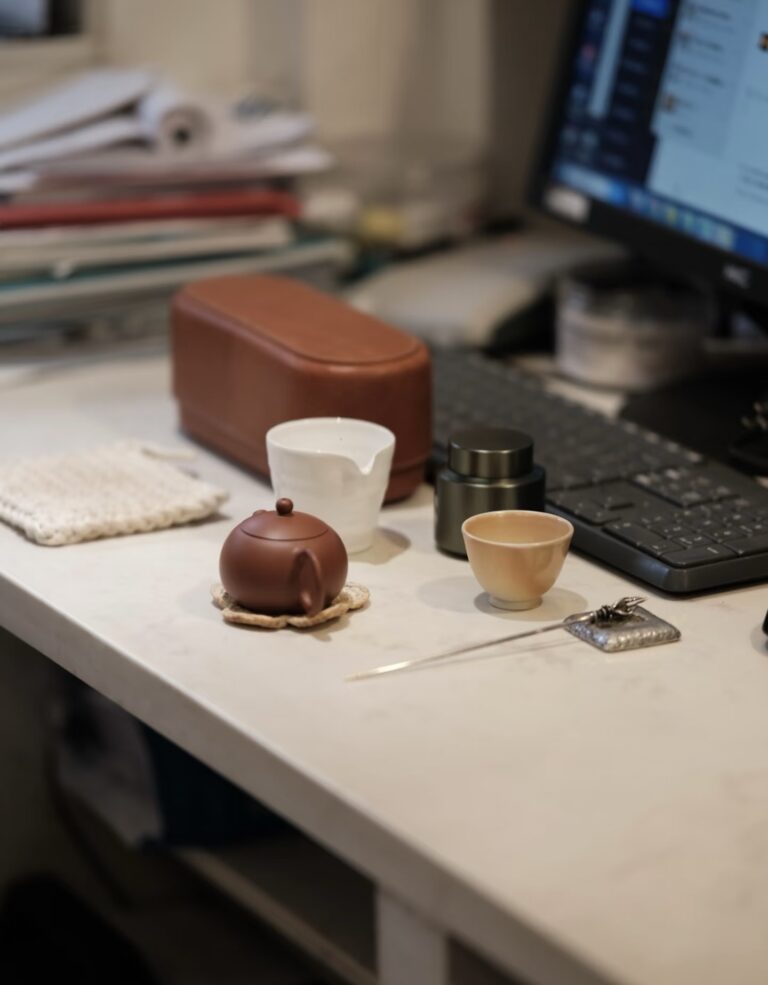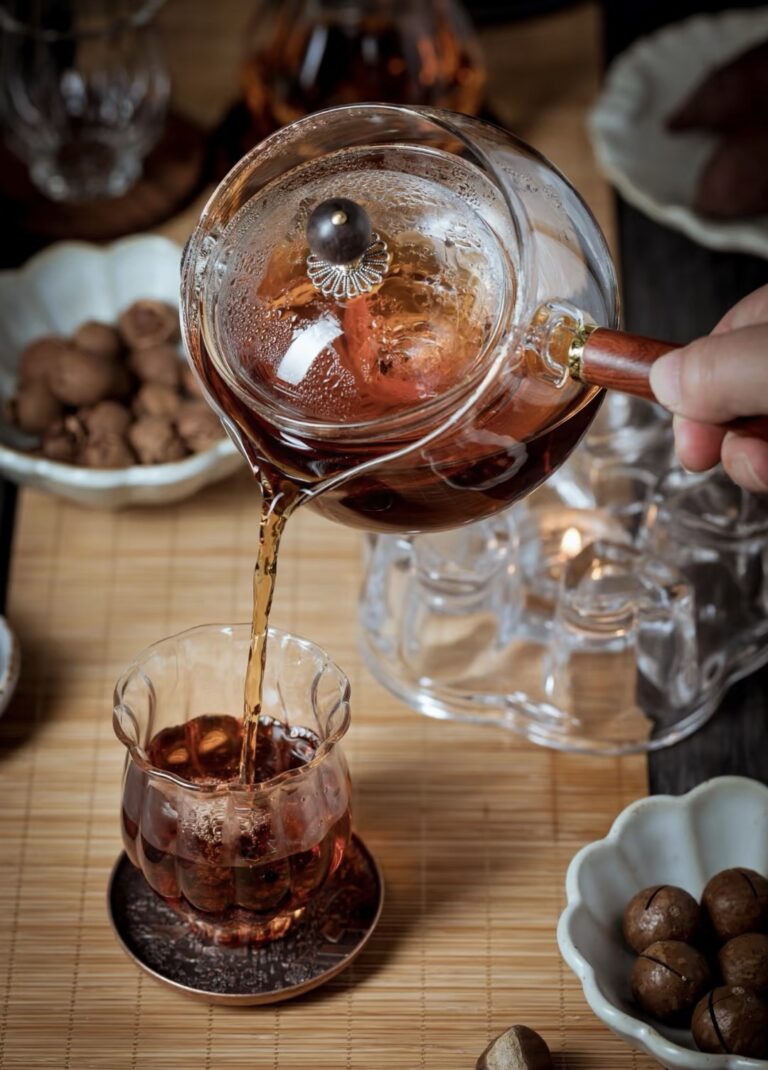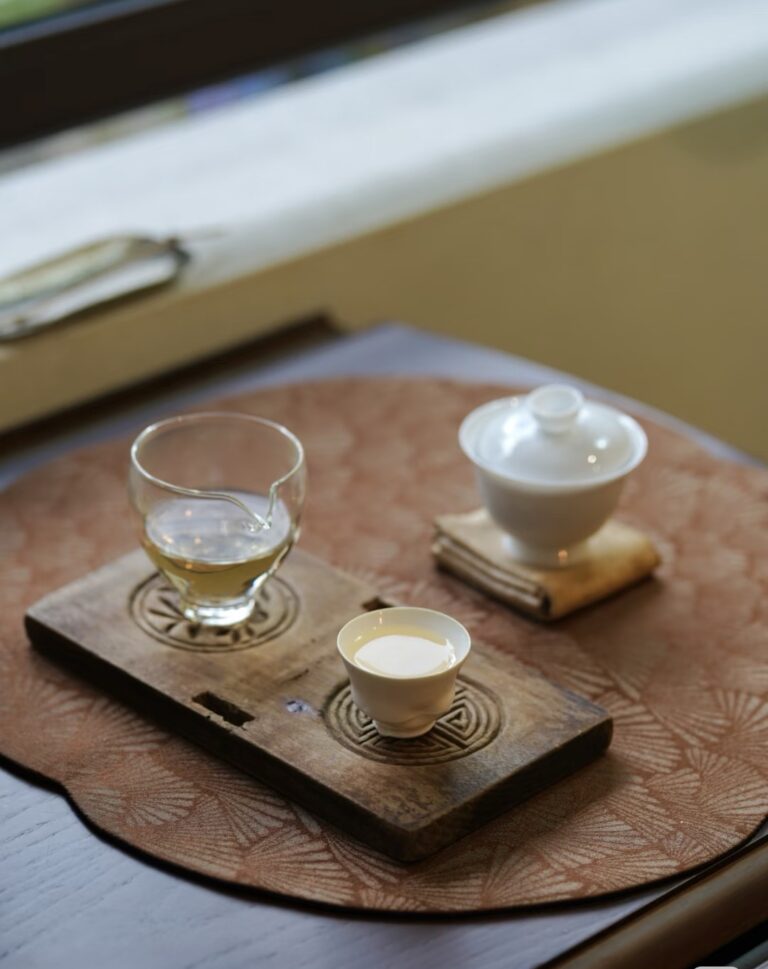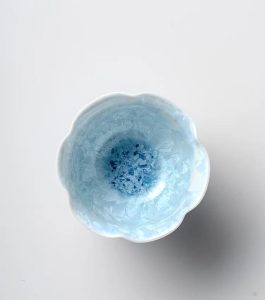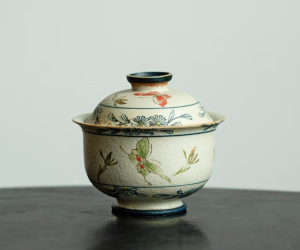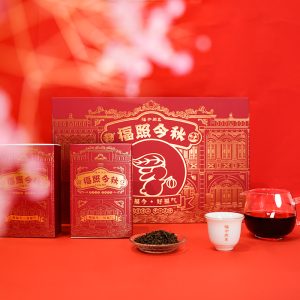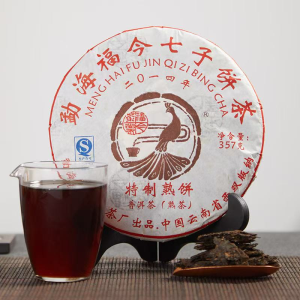The art of brewing tea in a gaiwan is one of the most elegant expressions of Chinese tea culture. This traditional lidded bowl, consisting of a saucer, bowl, and lid, offers tea enthusiasts unparalleled control over the brewing process and allows the full character of fine teas to unfold. But which teas truly shine when prepared in this ancient vessel? This guide will explore the best teas for gaiwan brewing and how to make the most of these perfect pairings.
Why Gaiwan Brewing Brings Out the Best in Tea
A gaiwan offers several unique advantages that make it ideal for brewing certain types of tea. Unlike clay teapots that absorb flavors over time, the typically porcelain or glass construction of a gaiwan remains neutral, preserving the pure essence of each tea variety. The wide opening allows tea leaves to fully expand, while the lid serves as both a strainer and a tool for controlling steep time with precision.
When comparing a gaiwan vs Yixing teapot, the gaiwan’s versatility becomes apparent. While Yixing teapots are typically dedicated to a single type of tea, a gaiwan can be used for multiple varieties without flavor contamination, making it perfect for tea exploration and tasting sessions.
Top Tea Types for Gaiwan Brewing
Oolong Teas: The Perfect Match
Oolong teas are widely considered the quintessential choice for gaiwan brewing. Their partial oxidation creates complex flavor profiles that unfold beautifully through multiple infusions.
Tie Guan Yin (Iron Goddess of Mercy): This famous oolong from Anxi County offers floral notes with a smooth, creamy texture. Our Authentic Anxi Tie Guan Yin Oolong Tea reveals its characteristic orchid aroma and sweet aftertaste perfectly when brewed in a gaiwan.
Phoenix Dan Cong: Known for its remarkable ability to mimic natural aromas like flowers and fruits, Dan Cong oolongs benefit from the precise control a gaiwan offers. The short steeping times possible with a gaiwan prevent the tea’s intense flavors from becoming overwhelming.
Wuyi Rock Tea (Yan Cha): These rich, roasted oolongs from the Wuyi Mountains develop their distinctive mineral notes and “rock taste” beautifully in a gaiwan. Learn more about these exceptional teas in our Guide to Wuyi Rock Tea.
White Teas: Delicate Beauty
White teas, with their minimal processing and delicate flavors, benefit greatly from the gentle brewing approach a gaiwan facilitates.
Silver Needle (Bai Hao Yin Zhen): The highest grade of white tea, Silver Needle consists of unopened buds covered in fine white hairs. A gaiwan allows you to appreciate both the visual beauty of these buds and their subtle, sweet flavor with notes of honey and fresh hay.
White Peony (Bai Mu Dan): Combining buds and young leaves, White Peony offers slightly stronger flavors than Silver Needle while maintaining characteristic sweetness. The transparent brewing process of a gaiwan lets you observe the leaves unfurling gracefully.
Young Raw Pu-erh: Capturing Complexity
Young raw pu-erh tea (sheng) benefits tremendously from gaiwan brewing. The precise control over steeping time helps manage the tea’s potential astringency while showcasing its complex flavors.
Our 2020 Fu Jin Gengzi Year Commemorative Pu Erh Tea reveals its fresh, vibrant character with notes of apricot, grass, and a pleasant bitterness that transforms into sweetness when brewed in a gaiwan.
Green Teas: Fresh and Vibrant
High-quality green teas benefit from the visual aspect of gaiwan brewing, allowing you to appreciate the beautiful leaves while precisely controlling the steeping time to prevent bitterness.
Dragon Well (Long Jing): This flat, sword-shaped leaf tea produces a clear, yellow-green liquor with a distinctive chestnut flavor. A gaiwan’s precise brewing control prevents the development of astringency.
Bi Luo Chun: These tiny, spiral-shaped leaves unfurl beautifully in a gaiwan, releasing their characteristic fruity aroma and fresh flavor.
Black Teas: Surprising Excellence
While less commonly associated with gaiwan brewing, certain black teas shine when prepared this way.
Jin Jun Mei: This relatively new variety of black tea, made entirely of golden buds, offers honey, fruit, and malt notes that develop beautifully through multiple short infusions in a gaiwan.
Zheng Shan Xiao Zhong: The original Lapsang Souchong without smoke offers complex pine, longan fruit, and chocolate notes that can be precisely controlled with gaiwan brewing.
Gaiwan Brewing Techniques for Different Teas
The beauty of gaiwan brewing lies in its adaptability. Here’s how to adjust your technique for different tea types:
Basic Brewing Steps
1.Warm the gaiwan by rinsing with hot water
2.Add tea leaves (typically 5g per 100ml)
3.Rinse the leaves briefly with water at the appropriate temperature
4.Steep for the recommended time
5.Decant completely into a serving pitcher or cups
For a detailed guide, visit our comprehensive Chinese tea preparation page.
Temperature and Time Adjustments
Different teas require specific water temperatures and steeping times:
•Oolong teas: 90-95°C (194-203°F), starting with 10-15 seconds and increasing by 5-10 seconds with each infusion
•White teas: 85-90°C (185-194°F), starting with 15-20 seconds
•Young raw pu-erh: 90-95°C (194-203°F), very brief initial steeps of 5-10 seconds
•Green teas: 80-85°C (176-185°F), 15-30 seconds
•Black teas: 90-95°C (194-203°F), 10-20 seconds
Perfect Pairings: Recommended Combinations
For Beginners
If you’re new to gaiwan brewing, we recommend starting with our Blue Ice Crystal Gaiwan paired with a medium-bodied oolong like Tie Guan Yin. This combination offers a forgiving brewing experience while still showcasing the benefits of gaiwan preparation.
For Advanced Tea Enthusiasts
Experienced tea drinkers might enjoy exploring the nuances of Phoenix Dan Cong oolongs or aged white teas using a thin-walled porcelain gaiwan, which offers maximum sensitivity to temperature and optimal heat retention.
Seasonal Recommendations
•Spring: Fresh green teas and white teas
•Summer: Lighter oolongs, served over several short infusions
•Autumn: Darker oolongs and young raw pu-erh
•Winter: Roasted oolongs and black teas
Enhancing Your Gaiwan Experience
To complete your Chinese tea set, consider adding:
•A bamboo tea tray for catching spills
•A serving pitcher (gong dao bei) for ensuring consistent flavor
•Small aroma cups for appreciating the tea’s fragrance
•A tea pet for good luck and companionship during tea sessions
Conclusion
The gaiwan represents the perfect intersection of functionality and elegance in Chinese tea culture. By pairing this versatile brewing vessel with the right teas, you unlock a world of flavor nuances and sensory experiences that other brewing methods simply cannot match.
Whether you’re drawn to the floral complexity of oolongs, the delicate sweetness of white teas, or the vibrant character of young pu-erh, the gaiwan offers the ideal way to experience these exceptional teas at their best. Begin your journey with one of our recommended pairings, and discover why tea connoisseurs have treasured this brewing method for centuries.

